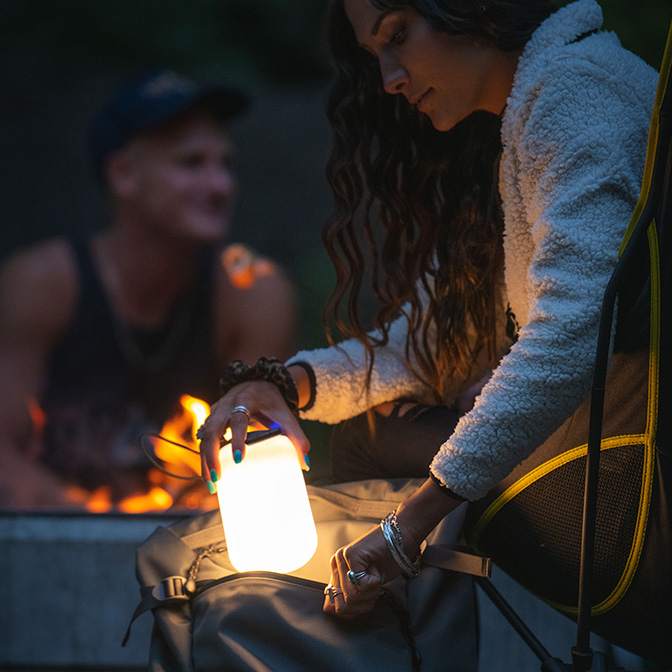Ocean-Reclaimed Plastic and More Sustainable Phone Case Materials
Posted On: Wed Apr 21 07:00:00 GMT 2021
Lander has always been committed to sustainability, but in the last year, we’ve made great strides in offering more sustainable phone case materials. Since the release of the iPhone 12 series, we’ve created phone cases with biodegradable, plant-based plastics. Unlike regular thermoplastic polyurethane (TPU) which is not biodegradable at all, plant-based TPU will break down in about 3-5 years in most conditions. Even still, this material creates a durable, high-performance phone case.
Silicone vs. TPU Phone Cases
Both silicone and plant-based TPU phone cases can be sent off to specialized recycling centers, but neither can be simply chucked into the recycling bin. Silicone can be broken down into an oil used as an industrial lubricant, but it will otherwise take 50-500 years to degrade. Again, plant-based TPU will degrade quickly in most conditions. Yet, this isn’t the only reason TPU is the more sustainable option. TPU is a more durable material than silicone, which tends to warp in hot temperatures. TPU also offers stronger drop protection, extending the life of both your phone and your phone case, which makes for a much lower carbon footprint over the entire life cycle of the case. Read more about silicone vs. TPU phone cases here.
Repreve®, rPET, and Ocean-Reclaimed Plastic
More than TPU, we’ve been on the lookout for other sustainable options. Enter Repreve and their reclaimed ocean plastic. Recycled polyethylene terephthalate (rPET) is about as close as you can get to truly sustainable plastic. Each year, 2 billion pounds of PET material is recovered in the U.S. and Canada through rPET manufacturing, reducing the need for more virgin PET plastics production. Repreve® and rPET manufacturing also requires about 75% less petroleum, energy and water to produce than virgin plastics. Best of all, rPET is itself recyclable, greatly reducing the use of new resources.
rPET vs PLA Plastics
rPET is helping to replace other kinds of plastics as well. Polylactic acid (PLA) is a good example. While PLA is compostable and quickly degrades into a nontoxic substance, it’s generally not considered to be biodegradable in seawater or anaerobic landfill conditions. rPET has a longer shelf-life compared to PLA. It’s more heat-resistant and won’t deform as easily. rPET also offers a stronger material barrier, which means it’s better at keeping chemicals and microorganisms from getting into the material. If you’re interested, you can read more about the differences between rPET and PLA here.
Lander Products Made with Repreve Ocean-Reclaimed Plastics
• Vise Case: The innovative, 2-piece construction of this case creates our most sustainable phone case yet. The inside layer still uses biodegradable TPU for strong phone protection, while the exterior layer is made from Repreve. This phone case can be taken apart at the end of its life, making it easy to recycle and compost each layer.
• KIVA™ Headlamp: The headband for this lamp is made from Repreve. The performance fiber looks and feels good on your head, and is good for the environment. The included rechargeable battery power is another way we’ve made this product sustainable.
• Cases with Detachable Lanyards: All Lander phone and Airpod cases include a detachable lanyard for easy carrying and use of your phone while on the move. These lanyards are made from Repreve and are 100% recyclable.
The Future of Sustainable Materials
Sustainability isn’t just about technology. It’s the widespread access and adoption of that technology to make a positive material impact on our environment. We’re excited to continue introducing Repreve plastics to our product design and manufacturing. Beyond that, we’re always on the lookout for technological advances in materials production and other eco-friendly solutions. It’s all part of Lander’s long-standing commitment to sustainability.


